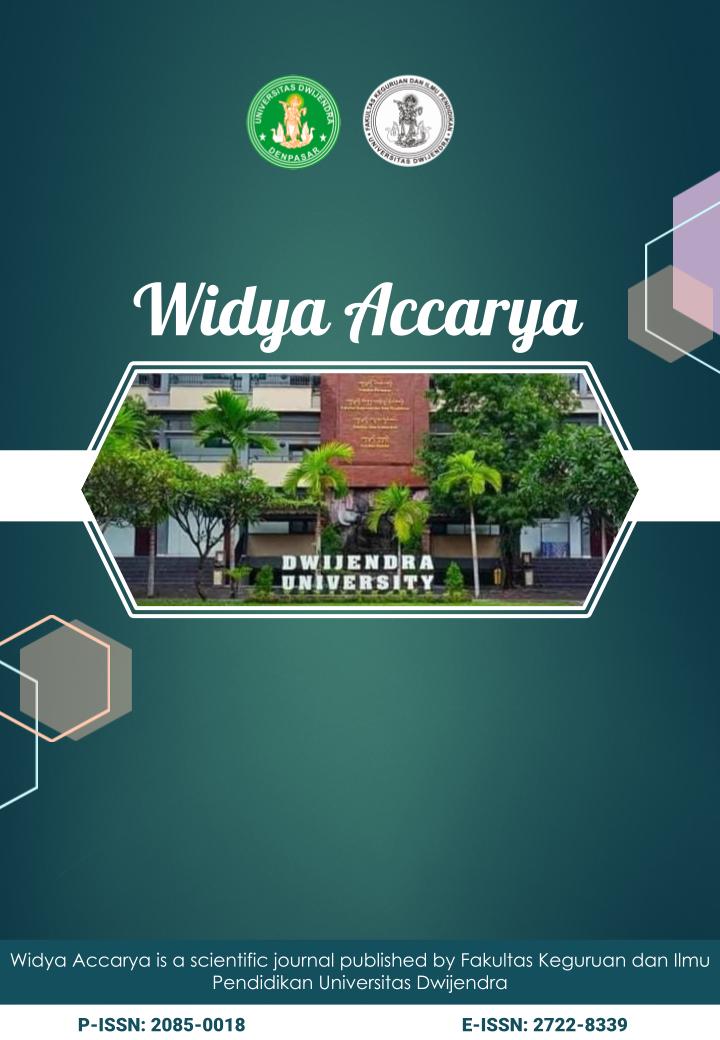Tech-Enhanced Language Learning: Bridging Linguistics and Education
DOI:
https://doi.org/10.46650/wa.16.1.1661.75-83Keywords:
language learning, linguistics, educationAbstract
References
Blake, R. J. (2013). Brave new digital classroom: Technology and foreign language learning. Georgetown University Press.
Braun, V., & Clarke, V. (2006). Using thematic analysis in psychology. Qualitative Research in Psychology, 3(2), 77-101. doi:10.1191/1478088706qp063oa
Burston, J. (2014). MALL: The pedagogical challenges. Computer Assisted Language Learning, 27(4), 344-357. doi:10.1080/09588221.2014.914539
Canale, M., & Swain, M. (1980). Theoretical bases of communicative approaches to second language teaching and testing. Applied Linguistics, 1(1), 1-47. doi:10.1093/applin/I.1.1
Chapelle, C. A. (2010). The spread of computer-assisted language learning. Language Teaching, 43(1), 66-74. doi:10.1017/S0261444809005850
Creswell, J. W. (2014). Research design: Qualitative, quantitative, and mixed methods approaches (4th ed.). Sage Publications.
Dörnyei, Z. (2001). Motivational strategies in the language classroom. Cambridge University Press.
Gardner, H. (1983). Frames of mind: The theory of multiple intelligences. Basic Books.
Godwin-Jones, R. (2011). Emerging technologies: Mobile apps for language learning. Language Learning & Technology, 15(2), 2-11. Retrieved from http://llt.msu.edu/issues/june2011/emerging.pdf
Huang, Y., Zou, D., & Xie, H. (2024). Mobile-assisted language learning: A systematic review. Journal of Educational Technology & Society, 27(1), 1-15.
Krashen, S. D. (1982). Principles and practice in second language acquisition. Pergamon Press.
Kvale, S., & Brinkmann, S. (2015). Interview: Learning the craft of qualitative research interviewing (3rd ed.). Sage Publications.
Levy, M. (2009). Technologies in use for second language learning. The Modern Language Journal, 93, 769-782. doi:10.1111/j.1540-4781.2009.00972.x
Levy, M. (2009). Technologies in use for second language learning. The Modern Language Journal, 93, 769-782. doi:10.1111/j.1540-4781.2009.00972.x
Lin, C.-H., & Lan, Y.-J. (2015). Language learning in virtual reality environments: Past, present, and future. Educational Technology & Society, 18(4), 486-497.
Lin, C.-H., & Lan, Y.-J. (2024). Language learning in virtual reality environments: Past, present, and future. Educational Technology & Society, 27(2), 486-497.
Lincoln, Y. S., & Guba, E. G. (1985). Naturalistic inquiry. Sage Publications.
Stockwell, G. (2012). Mobile-assisted language learning. In M. Thomas, H. Reinders, & M. Warschauer (Eds.), Contemporary computer-assisted language learning (pp. 201-216). Bloomsbury Academic.
Vygotsky, L. S. (1978). Mind in society: The development of higher psychological processes. Harvard University Press.
Warschauer, M. (2004). Of digital divides and social multipliers. Language Learning & Technology, 8(1), 3-10.
Warschauer, M., & Healey, D. (1998). Computers and language learning: An overview. Language Teaching, 31(2), 57-71. doi:10.1017/S0261444800012970
Zou, D., Huang, Y., & Xie, H. (2021). Digital game-based language learning: Where are we now? A systematic review and meta-analysis. Computer Assisted Language Learning, 34(7), 1-27. doi:10.1080/09588221.2021.1888757
Zou, D., Huang, Y., & Xie, H. (2024). Research perspectives and trends in Artificial Intelligence-enhanced language learning. Computer Assisted Language Learning, 37(3), 1-27. doi:10.1016/j.call.2024.10.015
Downloads
Published
How to Cite
Issue
Section
Citation Check
License
An author who publishes in the Widya Accarya agrees to the following terms:
- Author retains the copyright and grants the journal the right of first publication of the work simultaneously licensed under the Creative Commons Attribution-ShareAlike 4.0 License that allows others to share the work with an acknowledgement of the work's authorship and initial publication in this journal
- Author is able to enter into separate, additional contractual arrangements for the non-exclusive distribution of the journal's published version of the work (e.g., post it to an institutional repository or publish it in a book) with the acknowledgement of its initial publication in this journal.
- Author is permitted and encouraged to post his/her work online (e.g., in institutional repositories or on their website) prior to and during the submission process, as it can lead to productive exchanges, as well as earlier and greater citation of the published work (See The Effect of Open Access).
Read more about the Creative Commons Attribution-ShareAlike 4.0 Licence here: https://creativecommons.org/licenses/by-sa/4.0/.

















